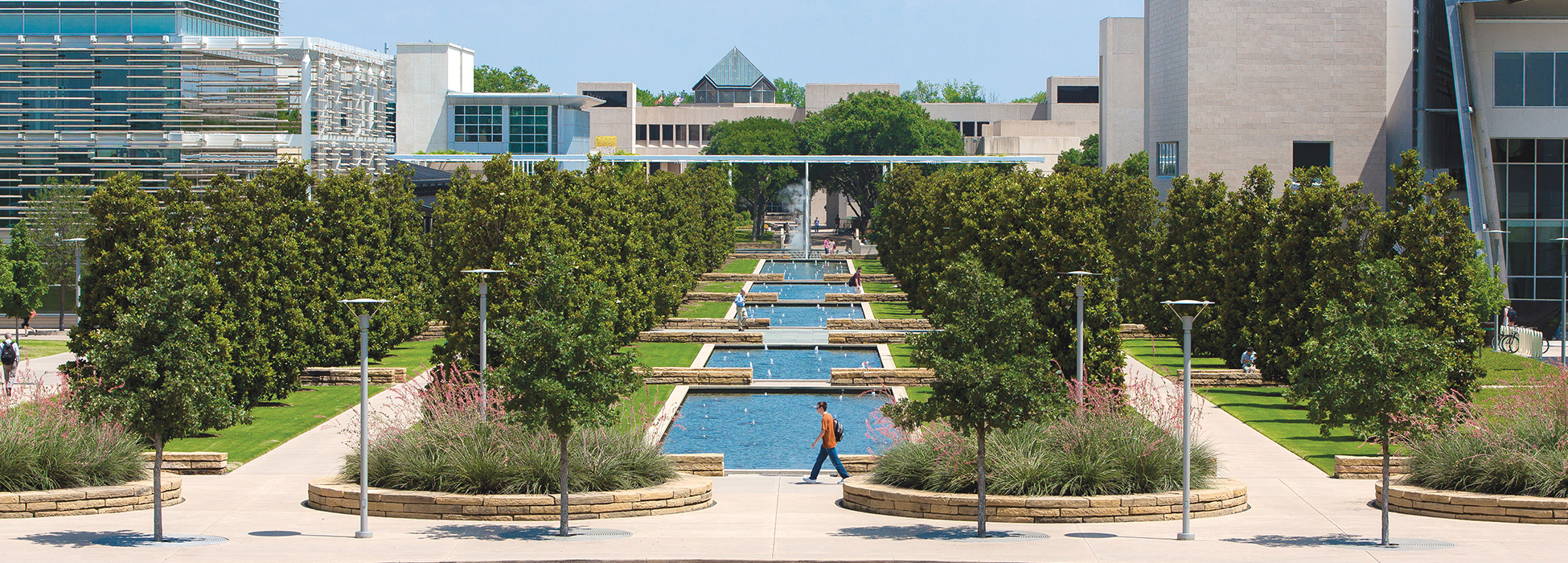Consolidating the powers of the living and the inanimate, an interdisciplinary group from The University of Texas at Dallas has inserted genetically modified yeast into a synthetic gel to make a novel, shape-changing material intended to develop under explicit biochemical or physical conditions.
“This is a case where the product is more than the sum of its parts,” said Taylor Ware MS’11, PhD’13, assistant professor of bioengineering in the Erik Jonsson School of Engineering and Computer Science and corresponding author of a paper published in January in Science Advances, the American Association for the Advancement of Science’s open-access journal.
The plan to utilize the reproductive development of cells to drive shape change within an inanimate container started with an old, dependable standby: baker’s yeast, or Saccharomyces cerevisiae.
“Yeast was the first eukaryotic organism to have its genome sequenced,” Ware said. “Wonderful tools exist already to modify it genetically. The cells have stiff cell walls, unlike mammalian cells, which make them better for pushing outward on the gel to change its shape.”
By genetically changing the yeast in various manners, the research group made composites that reacted to different stimuli.
In confirmation of-idea experiments, a biomedical engineering doctoral student Laura Rivera Tarazona, lead author of the paper, incorporated plant DNA into yeast to give it light-responsive traits. At the point when the subsequent yeast-hydrogel composite was presented to light, the whole object changed shape as the developing yeast pushed outward on the boundaries of the gel.
The research group likewise changed the yeast to react to biochemical stimuli, including amino acids, which are building blocks of proteins.
“This combination of animate with inanimate lends itself to interacting with the body in a particularly useful way — using cellular mechanisms to drive shape change,” Ware said. “Given the flexibility of yeast, this composite could be designed to respond to any of countless conditions.”
Dr. Zachary Campbell, assistant professor of biological sciences in the School of Natural Sciences and Mathematics and a co-author of the investigation, said the “awesome power of yeast genetics” made the project possible.
“We could make yeast do amazing biological things for a long time, but it’s only in the past few years that we could create strains where gene activity is precisely controlled by light,” Campbell said.
The analysts believe the shape-changing reaction has potential applications as a sort of “reporter” both inside and outside the body.
“Where I think this research eventually goes is indicating disease states via detection of proteins and other biomolecules,” Ware said.
Ware said shape change could likewise be utilized to perform mechanical work — to open a container or reveal an adhesive, for instance.
“Our results are in the very early stage, but the fact that we’re taking a series of molecular events and transducing them into something mechanical is already exciting in itself,” Ware said.
Campbell included that, even though the physical transformations in the composite materials are exceptionally moderate, capitalizing on genetic manipulations to drive minuscule gadgets could have extra applications, for example, releasing drugs from a capsule because of an exact biological trigger.
“Theoretically, you could use these to detect anything you can detect in nature by combining an existing genetic circuit from another cell type with the yeast,” he said. “This allows access to a dazzling array of physiological cues.
“There’s a beauty to taking something that’s ordinarily so static and endowing it with this capability to transform into other things.”
Different authors of the research included biomedical engineer Hyun Kim PhD’19 and Vandita Bhat, a molecular biology doctoral student graduating this spring.
The work was supported by a grant (R01NS100788) from the National Institute of Neurological Disorders and Stroke, part of the National Institutes of Health, and is somewhat founded on work supported by the National Science Foundation.
Disclaimer: The views, suggestions, and opinions expressed here are the sole responsibility of the experts. No Graph Daily journalist was involved in the writing and production of this article.



